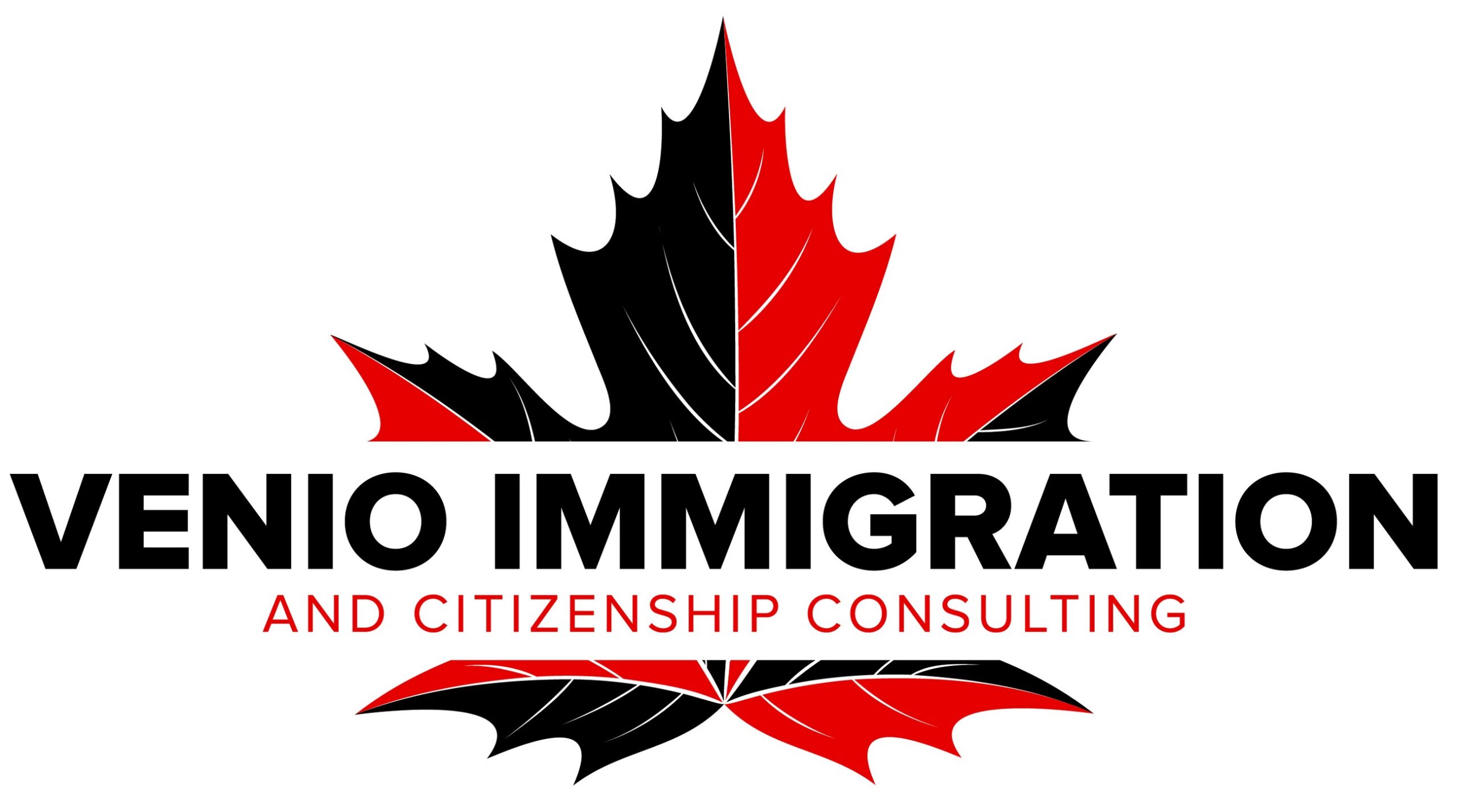How do I immigrate to Canada to work?

Canada is recognized around the world for its high quality of life, well-developed education system and accessible healthcare. In 2020, U.S. News named Canada the second-best country (overall) in the world, with excellent scores in the quality of life, citizenship and business categories. Canada's diverse population and dynamic immigration policy are two other major aspects that make it a country of choice on the world stage. To find work in Canada, you have two options. A permanent resident visa is one option. Another is to obtain a Canadian work permit. Every year, Canada welcomes hundreds of thousands of immigrants as permanent residents. Others are temporary foreign workers, and still others are international students. While many come as family members and some as refugees, the bulk of permanent resident immigrants are approved under one of the economic categories of immigration. In this article, we'll review how to immigrate to Canada to work in detail.
There are two main ways to immigrate to Canada and work:
- Permanent residence: Economic programs (including Express Entry) and family sponsorship are long-term immigration programs.
- Work permits: Programs that allow you to work in Canada for a specified period.
Permanent residence
Express entry
What's the point? Skilled foreign workers, entrepreneurs and graduates with English and/or French language skills are eligible to immigrate to Canada under Express Entry. Applicants can be of any age, but young workers wishing to immigrate to Canada are given priority.
How does it work? The Federal Skilled Worker Program, the Canadian Experience Class and the Federal Skilled Trades Program can all be used to determine eligibility. Applicants will be evaluated against other applicants using the ranking system, which assigns a score (out of 1,200 points) based on education, work history and other personal information. When the Express Entry pool is drawn, the top applicants are invited to apply for permanent residence in Canada. Applicants can improve their point total in the applicant pool, and thus their ranking. In addition, through one of the many Provincial Nominee Program (PNP) pathways aligned with Express Entry, a candidate can obtain a qualifying job offer or a provincial nomination. A provincial nomination is particularly noteworthy, as it earns the candidate an additional 600 points, which will enable them to receive an invitation more quickly.
What are the positive aspects? With most applications processed in less than six months, Express Entry has proven to be a fast track to immigration to Canada. The application can be tracked in real time, as the process is entirely online. What's more, Express Entry is a system that encourages proactive people who can demonstrate to the government that they will succeed economically in Canada once they have settled.
Cost? If you complete the procedure yourself, it will cost you around 1,500 $ to 2,000 $ or slightly more, including educational and language tests, document acquisition and payment of fees. Hiring an authorized representative (such as a lawyer or regulated consultant) would entail additional costs, but many applicants believe the investment is well worth it. The government only invites a percentage of the pool's candidates to one of its draws, so success with this method is not guaranteed. The government has stated, however, that the Express Entry pool is currently the main source of economic immigration to Canada, and that the points thresholds for receiving an invitation have been significantly reduced over time. Applicants can apply to the Express Entry system under four distinct programs.
These are :
- For people with more than one year's qualified work experience, the Federal Skilled Worker Program (FSWP) is available.
- Canadian Experience Class: ideal for foreign employees who have legally acquired work experience in Canada.
- The Federal Skilled Trades Program (FSTP) is designed for people with a skilled trades designation.
- Provincial Nominee Program (PNP): People from the pool who are interested in living and working in a particular province or territory can be nominated by Canadian provinces and territories.
Each program has its own set of requirements, and you may qualify for more than one. You may qualify for both PTQF and CEC if you have a combination of foreign and Canadian work experience.
Atlantic Canada Immigration Program
What's the point? People who have a job offer in one of the Atlantic provinces, such as Nova Scotia, New Brunswick, Prince Edward Island or Newfoundland and Labrador, are offered a chance to become permanent residents of Canada.
Quebec immigration
What's the goal? Individuals and families interested in settling permanently in Quebec, the only Canadian province with French as its main official language and home to Montreal.
How does it work? Economic immigrants are selected by Quebec and issued a Certificat de sélection du Québec (CSQ). A person with a CSQ can then apply to the Canadian government for permanent resident status. Certificates are granted to skilled workers under the Quebec Skilled Worker Program, to foreign students, graduates and workers in Quebec under the Quebec Experience Program (PEQ), and to a range of business people under one of Quebec's business and investor immigration programs.
Family class immigration to Canada
Sponsorship of spouse/common-law partner
Spouses and common-law partners of Canadian citizens and permanent residents who want to make Canada their home.
Parents and grandparents program
Parents and grandparents of Canadian citizens and permanent residents who are not Canadian.
Sponsorship of dependent children
Children of foreign nationals and permanent residents of Canada. Dependent children may be under 21 years of age. There are no set admission dates or restrictions for applications accepted by IRCC. The relationship between the sponsor and the sponsored person determines eligibility.
Work permits
International Experience Canada (IEC)
The EIC program is open to passport holders under the age of 30 or 35 from various countries, including Australia, the UK and Ireland. This list contains the full list of qualifying nations and age restrictions. Each participating country is allocated a certain number of work visas each year. Applicants can apply for one of these work permits by visiting the government's Canadian immigration website and registering. Applicants can obtain an invitation to apply for a work permit after submitting their expression of interest. Candidates can submit forms and pay the application fee after receiving this invitation. Successful candidates will receive a letter of introduction, which must be presented upon arrival in Canada in order to obtain a work visa.
Intra-company transfer
Company employees wishing to transfer to a Canadian office, branch or affiliate.
Employees must belong to one of the following three categories:
- Executives are responsible for the overall operation of the company, or a significant part of it, and receive only general supervision (if any) from senior managers.
- Senior managers supervise or control the work of other managers or professional staff, and manage the whole company or part of it.
- Workers with "specific knowledge" can demonstrate a specialized understanding of the company's product or service, as well as advanced knowledge of company processes and procedures.
Workers who are transferred to Canada must have at least one year's full-time work experience with the foreign company, and will be doing equivalent work in Canada.
Free trade agreements
What is the purpose? Eligible foreign employees and business people from countries with which Canada has an established free trade agreement that includes the reciprocal exchange of specific categories of workers.
How does it work? Certain professions are designated for reciprocal labor exchanges under NAFTA and other agreements. Business tourists, traders and investors can also benefit from simplified temporary admission to Canada.
Temporary Foreign Worker Program
What's the point? A job seeker may consider a Labour Market Impact Assessment (LMIA) in collaboration with a potential Canadian employer who has issued a job offer. The employer must demonstrate that no suitable Canadian citizen or permanent resident could be found for the job, and pay the required costs. To be considered eligible to recruit a foreign worker, the company must also meet other conditions. There are two types of LMIA: one for temporary work in Canada under the Temporary Foreign Worker Program (TFWP), and the other for permanent admission to Canada through Express Entry.
Work permits for spouses and partners of foreign workers and students
What's the point? Spouses and common-law partners of international students and foreign workers in Canada.
How does it work? If you meet the following criteria, you may be eligible for an open work permit: The spouse of a skilled worker who has been in Canada for more than 6 months in an occupation that conforms to the National Occupational Classification (NOC) qualification type categories RRIF 0, RRIF 1, RRIF 2 or RRIF 3, or the spouse of a foreign student at a public institution of higher learning.
Advantages and disadvantages of moving to Canada
Benefits
- Great benefits.
- Immigrants are welcome.
- Work options abound.
- Low levels of crime.
Counter
- High cost of living.
- Extremely cold winters.







